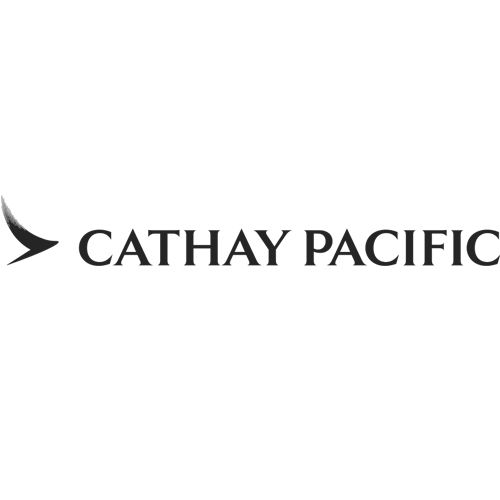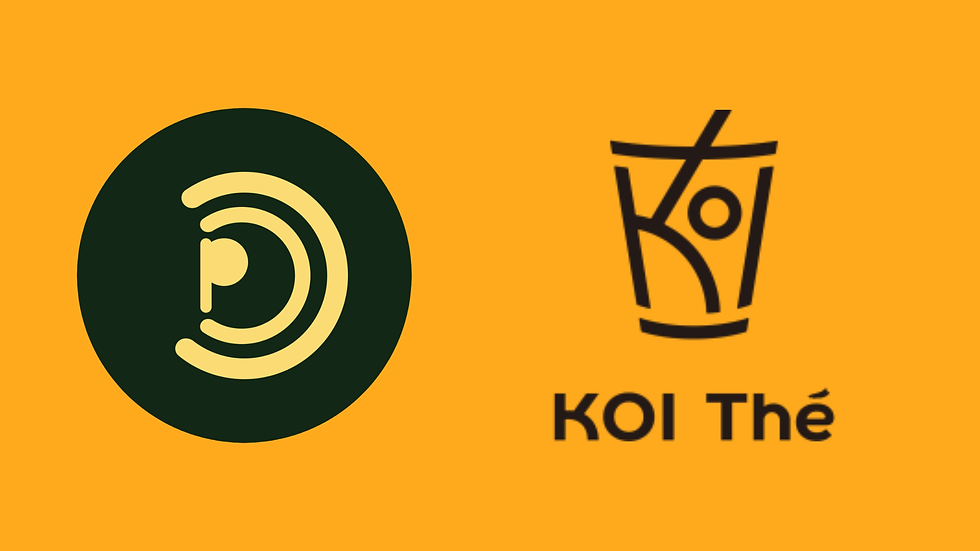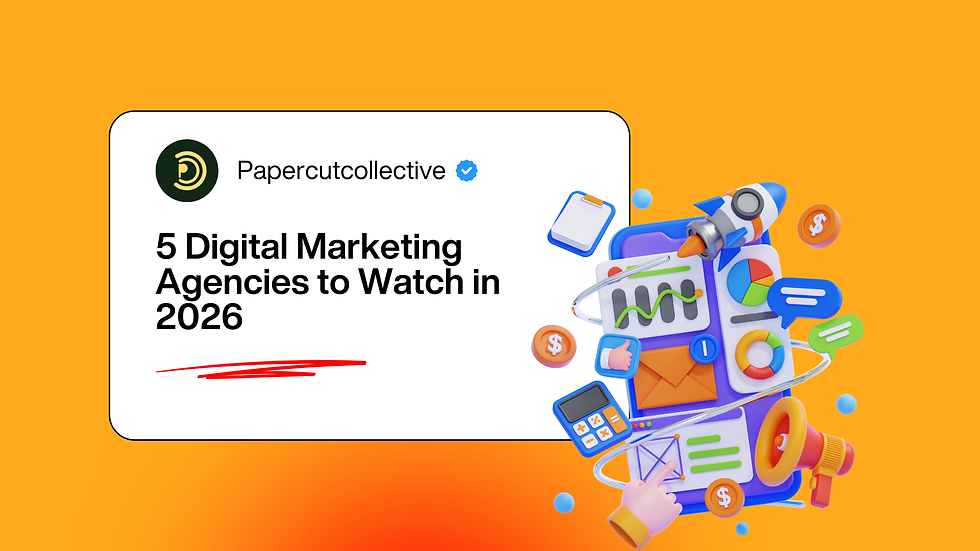Content Creation vs Content Strategy in Singapore
- Tsamarah Balqis
- Oct 24
- 5 min read
Updated: Nov 26
If you’re debating content creation versus content strategy in Singapore, you’re really weighing speed against focus. Creation ships assets that can start working this week: Reels, carousels, landing copy, articles, and case stories. Strategy provides the spine with audience clarity, message pillars, angle bank, channel plan, SEO intent map, and a way to measure progress without drowning in vanity metrics. Most brands don’t need to pick one forever; they need the right sequence for their goals and runway.
This guide gives you a practical way to decide, shows where each delivers value, and ends with a simple operating model that blends both.
What’s the Difference
Content strategy is your why/what/where. It clarifies who you’re talking to, the problems they’re trying to solve, the messages that earn attention, and the channels worth investing in. A solid strategy includes: ICPs and jobs-to-be-done, a message house (benefits and proof), an angle bank (10–20 reusable hooks like “Why I switched” or “3 things to know before choosing X”), an SEO intent map, a channel/cadence plan, and a KPI sheet that translates effort into outcomes.
Content creation is your how/when. It’s the act of producing: short videos, UGC/creator edits, carousels, landing page sections, articles, case snapshots, thumbnails/captions, and email sequences. Excellent creation is fast, native to the platform, and disciplined about message–page match. The promise in the content appears immediately on the landing page with proof and an obvious next step.
In short: strategy prevents waste; creation creates learning. Without strategy, you scatter; without creation, you stall.
Singapore Context
Singapore’s market is tight. A smaller TAM means precision beats volume. When budgets aren’t endless, two things separate winners: message clarity and page clarity.
Language Nuance
EN/CH variants demand captions/subs and mirrored landing sections. If you run seo agency singapore across languages/markets (SG/MY/ID), hreflang and localisation rules keep growth clean.
Trust Signals
Local proof delivery times, neighbourhood cues, pricing transparency, and real reviews move conversion more than clever wordplay.
Compliance-Heavy Verticals
Clinics, finance, and education need strategy-led scripts, disclaimers, and approval workflows baked in from day one.
When to Prioritise Content Strategy
Choose strategy first when you’re new to the category, outputs feel scattered, or performance is noisy.
Launching or Repositioning
Strategy defines the few claims you’ll stand behind and the proof you’ll show before production begins.
SEO Underperformance
If you don’t have an intent map or “money pages” (service/category, comparison, pricing, case pages), strategy sets the roadmap.
Multiple Teams/Markets
Strategy gives shared language and templates so in-house, freelancers, and agencies don’t reinvent the wheel every week.
What the deliverable looks like: a one-page strategy (ICPs, message pillars, top angles, target pages, channels, cadence, KPIs), a 90-day content calendar, outlines for your money pages, and guardrails for thumbnails/captions/CTAs. It’s short on theory and long on ship-ability.
When to Prioritise Content Creation
Choose creation first when you know your audience and offers but simply don’t ship enough.
Need Assets This Month
Launches and seasonal pushes require scripts, edits, landing copy, and case snapshots now, not after a brand book.
Ad Fatigue
You don’t need a new deck; you need new hooks and native edits that win the first three seconds.
Having a Strategy but No Engine
If the plan exists, the ROI is in turning it into 6–12 videos, 2–4 carousels, and a few crisp landing blocks.
What the deliverable looks like: a hook pack (10–20 openings), 6–12 short videos (Reels/Shorts), 2–4 carousels/stills, one case snapshot, one pricing/comparison section, and a naming/UTM scheme so each asset can be measured by idea, not just by file name.
Head-to-Head
Speed to traction → Creation. You can publish this week and learn quickly. Even a small run of assets can reveal which angles “thumb-stop” and which CTAs get clicks.
Efficiency and focus → Strategy. A light, concrete plan prevents “random acts of content.” It keeps teams aligned on who we’re helping, what we promise, and where clicks should land.
Scalability → Both. Strategy makes winning angles repeatable; creation proves which ones deserve scale and refresh. The combination compounds.
Conversion impact → Both. Strategy sets the message–page match; creation executes it with proof your buyer can see demos, comparisons, and outcomes that reduce risk.
A Simple Operating Model
1) Build the spine (2–3 weeks). Draft the one-page strategy: ICPs, message pillars, angle bank, channel/cadence, and the money page map (service/category, comparison, pricing, case). Decide the two KPIs that matter (e.g., cost per lead and payback, or non-brand revenue and MER).
2) Ship the minimum viable calendar (2–4 weeks). Create and publish a small, focused set: 6–8 short videos, 2–3 carousels, and one upgraded landing block that mirrors your strongest promise. Keep the brief simple: hook → claim → proof → CTA and put the same promise above the fold on the landing page.
3) Measure like an operator, not a poet. Track hook/hold rate (first 3–5s), CTR, landing conversion, and the page’s contribution to leads/sales. Roll up to a single blended view (MER, CPA/CAC, payback) so channels cooperate instead of competing for credit.
4) End every week with cut / keep / scale. Write one short note: which angle to cut, which to keep steady, and which to scale with fresh first-seconds and a page improvement. That rhythm turns content into a growth system.
Budget & Timeline
Strategy sprint (3–4 weeks). Workshops, one-page plan, angle bank, seo services intent map, calendar, KPI sheet. Enough clarity to prevent waste and let creators move quickly.
Creation sprint (4–6 weeks). Scripts/edits for 6–12 short videos, 2–4 carousels, landing copy blocks, a case snapshot, thumbnails/captions. Expect rapid iteration rather than perfect polish.
Monthly engine. Ship 4–8 assets a month, refresh one landing section, and run two tests that could move conversion (offer phrasing, proof placement, form friction). The goal isn’t volume; it’s useful learnings per week.
KPIs That Keep You Honest
For strategy: time-to-ship after approval, asset adoption rate across teams, SERP coverage for priority intents, and the number of pages with clear message–page match.
For creation: hook/hold rate (3–5s), click-through, landing conversion, cost per lead/purchase, assists to branded search.
Blended view: MER, CPA/CAC, payback period, and page-level revenue or SQLs. If a report doesn’t end with a decision, it’s decoration.
Common Pitfalls
Strategy with no shipping. Great slides, empty queue. Fix it with a two-week minimum viable calendar and an owner per asset.
Creation without a spine. Lots of posts, no coherence. Fix it with a one-page plan: pillars, angles, target pages, and CTAs.
Ad–page mismatch. The post promises “See pricing,” the page hides it. Fix by mirroring the headline and placing proof (reviews/logos/results) beside the CTA.
Why Many Brands Choose Paper Cut Collective
Strategy that sells. We turn ICP insights into a reusable angle bank and a money-page map so creators aren’t guessing.
Fast creation. Senior operators script, shoot, edit, and launch in weeks, not quarters, focused on the first three seconds and landing clarity.
Simple scoreboards. GA4-first reporting in leads/sales, MER, payback, and a weekly cut / keep / scale decision so the next dollar is obvious.
Quick Decision Guide
Need results this month? Prioritise creation: ship 6–8 short videos and one upgraded landing section.
Leaking budget across random content? Prioritise strategy: one-page plan, angle bank, money pages, and a KPI sheet.
Want both speed and durability? Run the newsroom model: a short plan, weekly assets, and a cut/keep/scale cadence.
Bottom Line
Don’t choose “strategy or creation” as a forever stance. Choose the next two weeks wisely, then iterate. In Singapore’s compact market, the winners are the teams that connect a clear promise to a clear page, ship small and often, and make decisions every week. That’s how content stops being a cost centre and starts compounding.
If you want the plan and the engine without the fluff:

.png)
.png)
.png)



























.jpg)